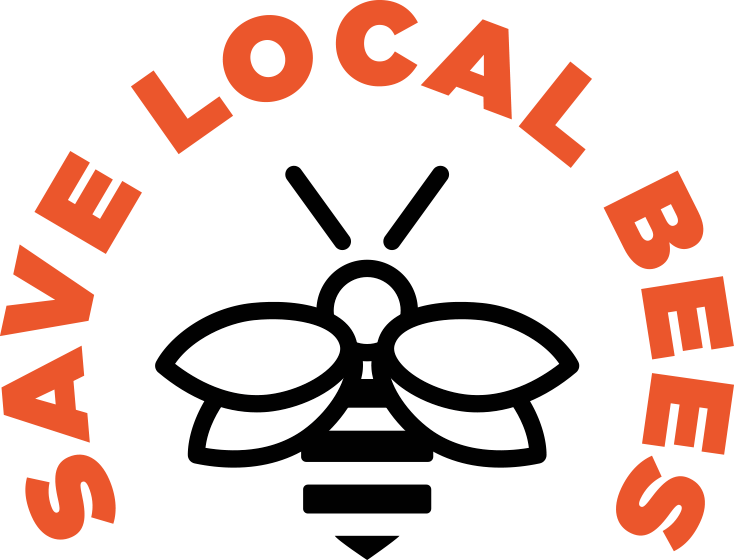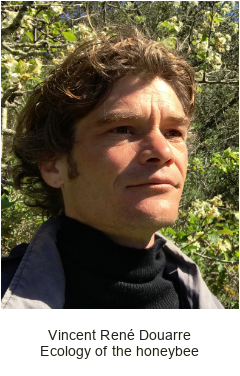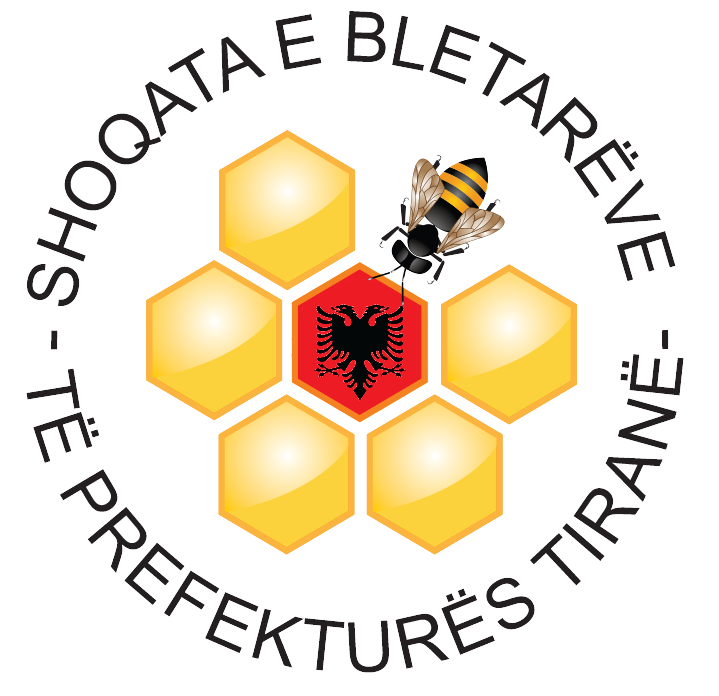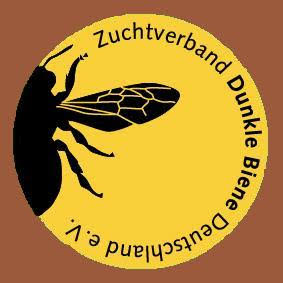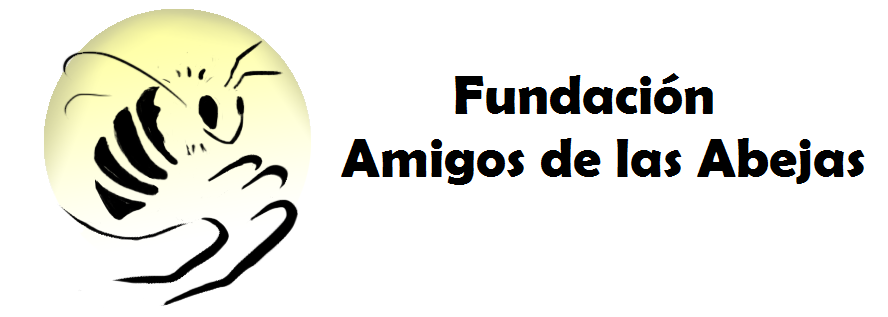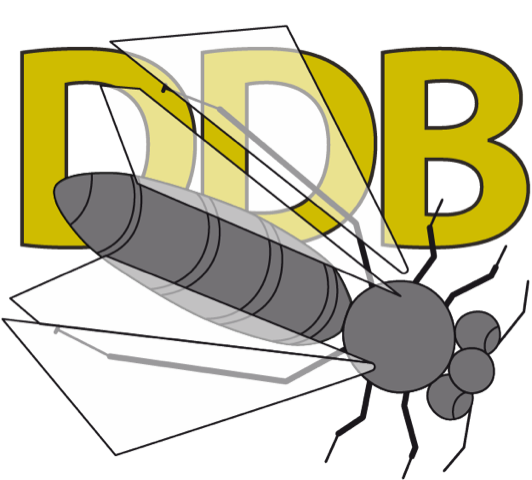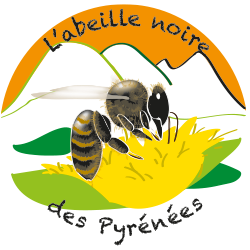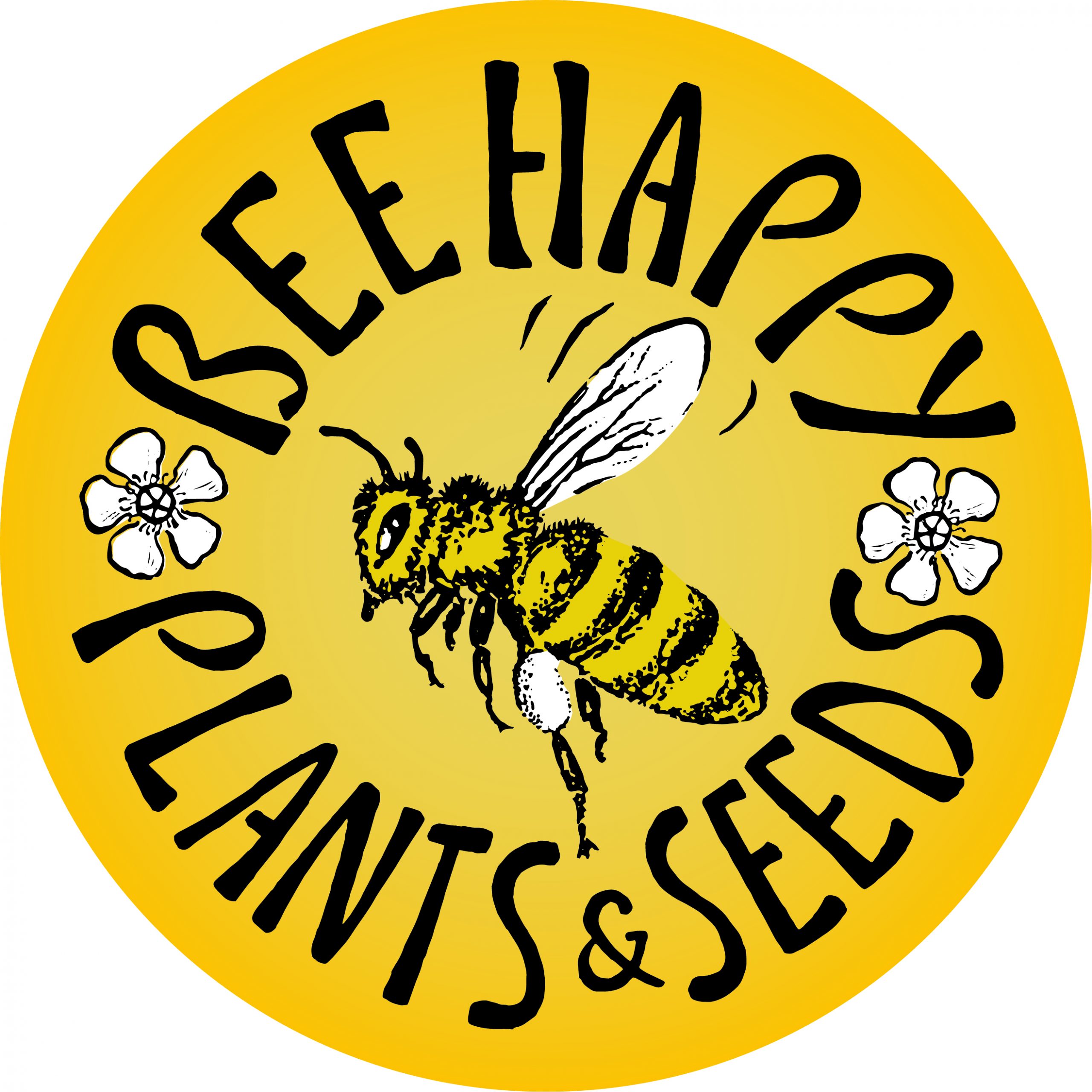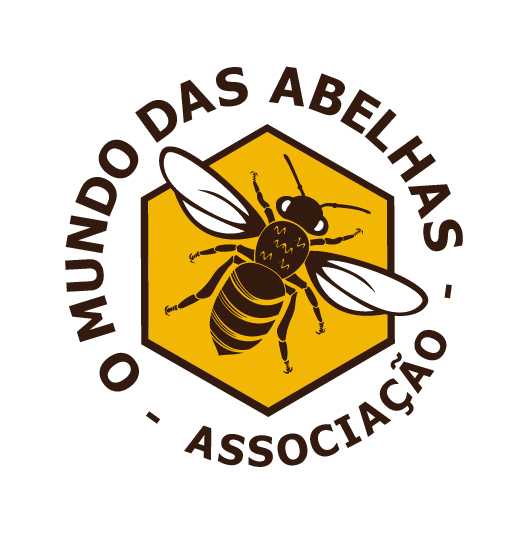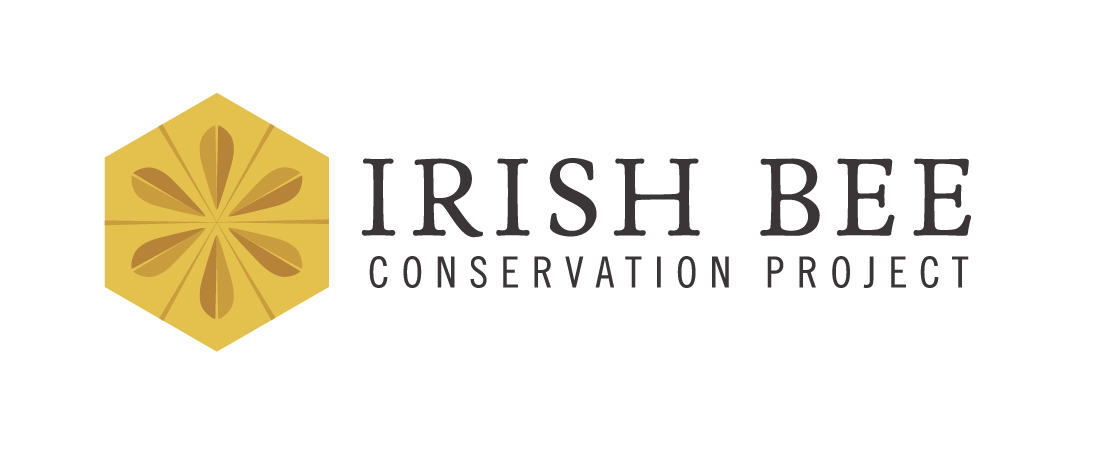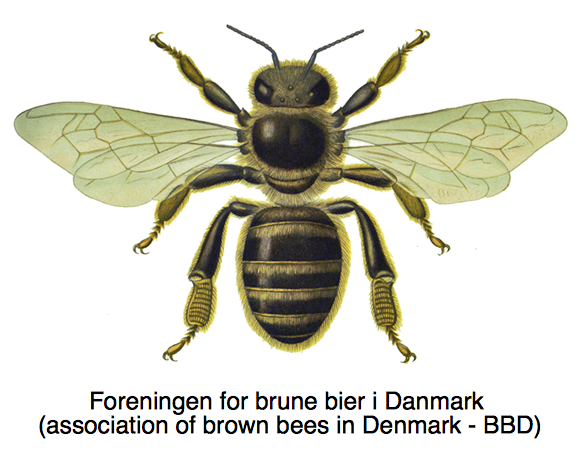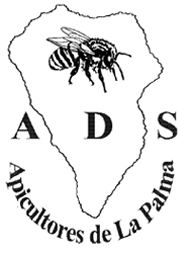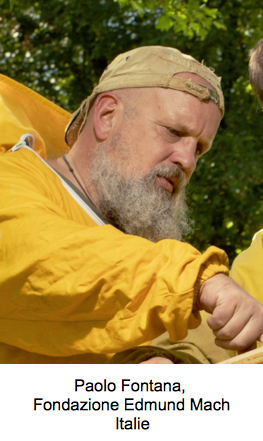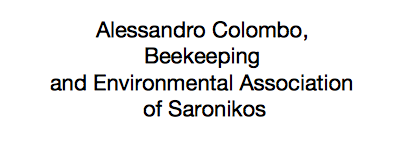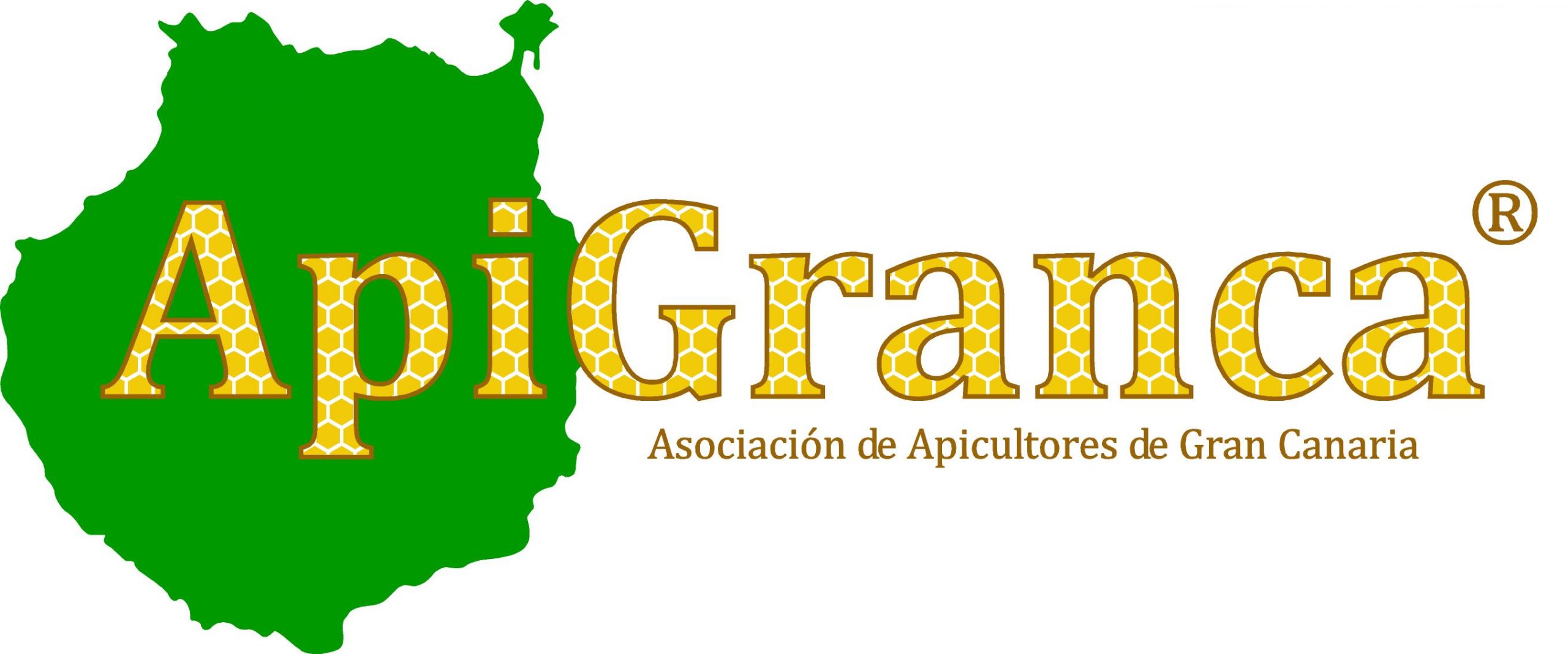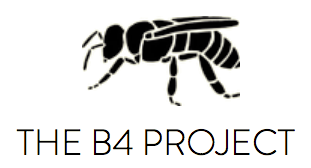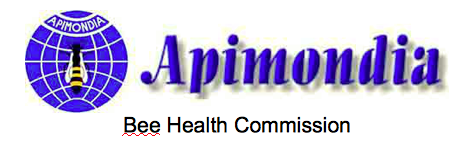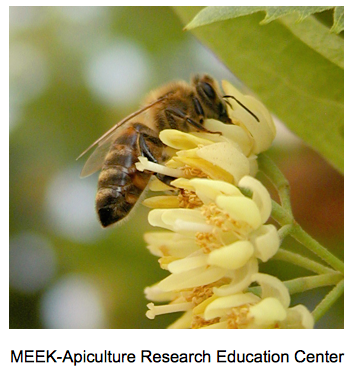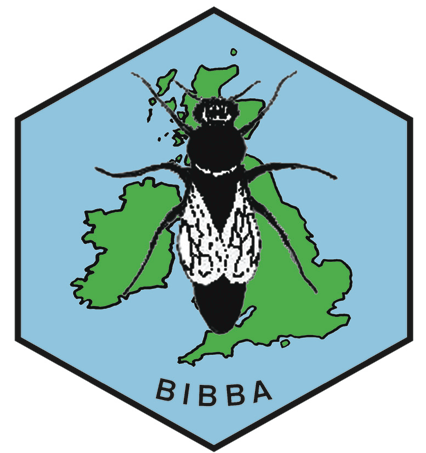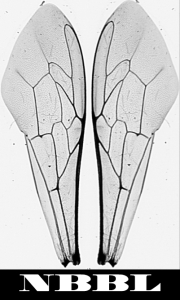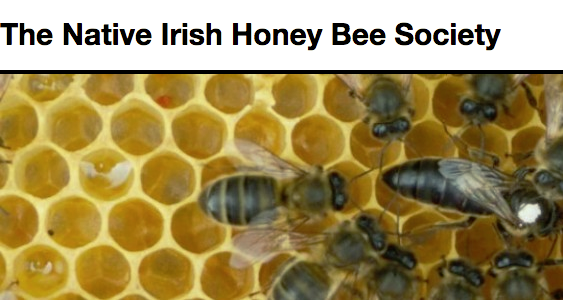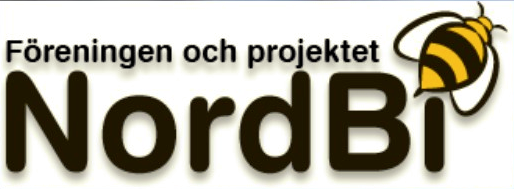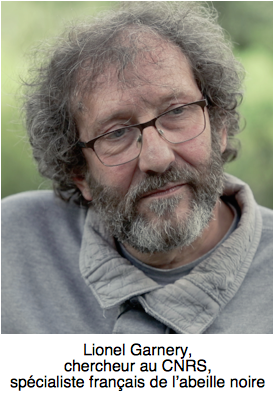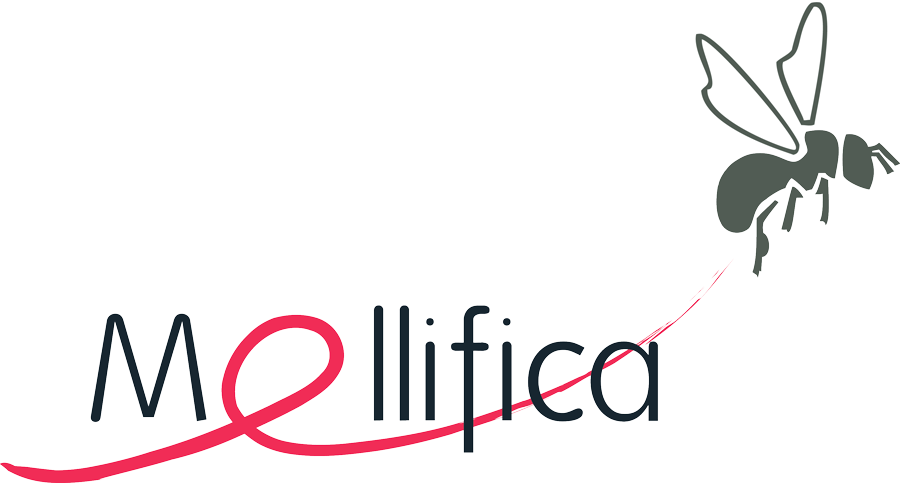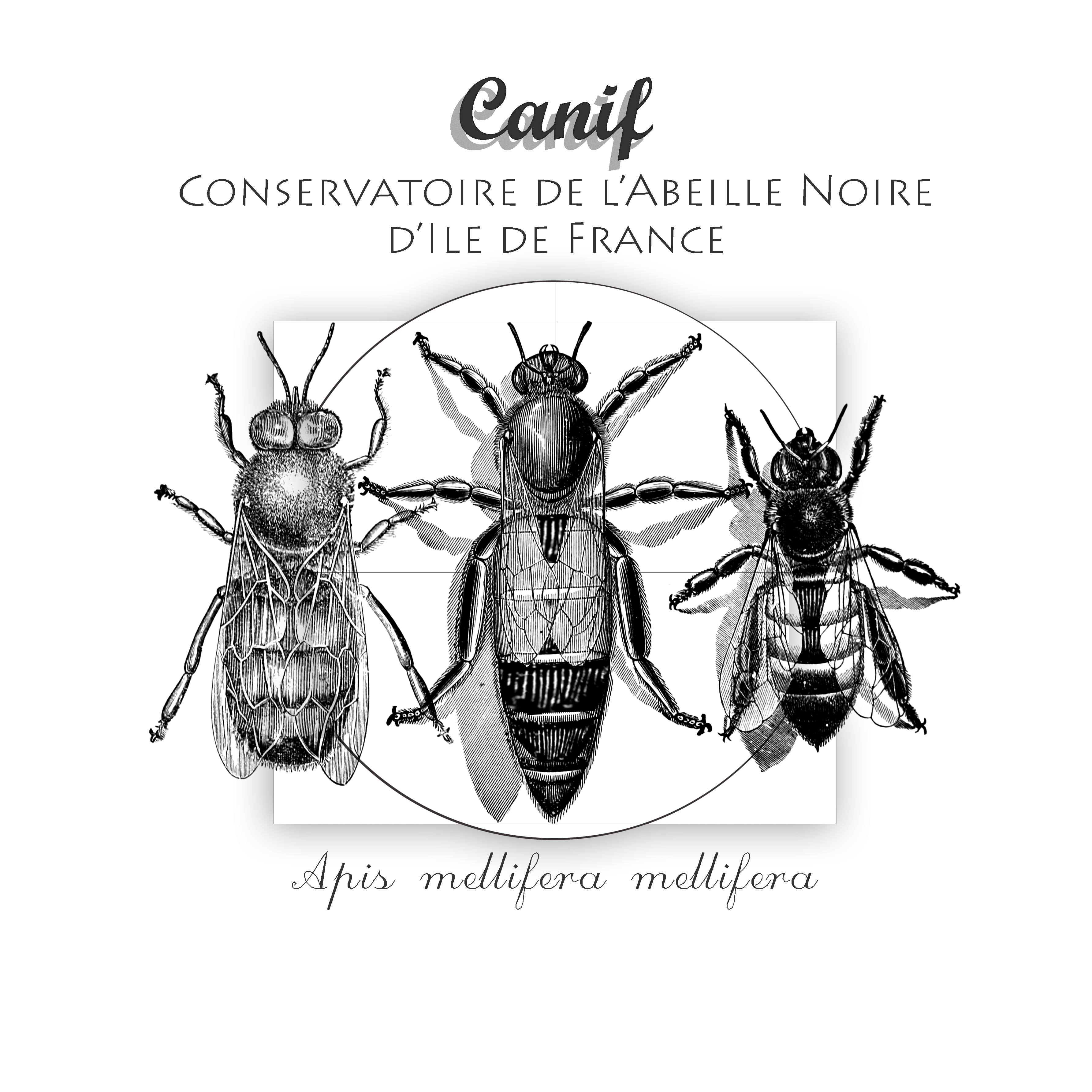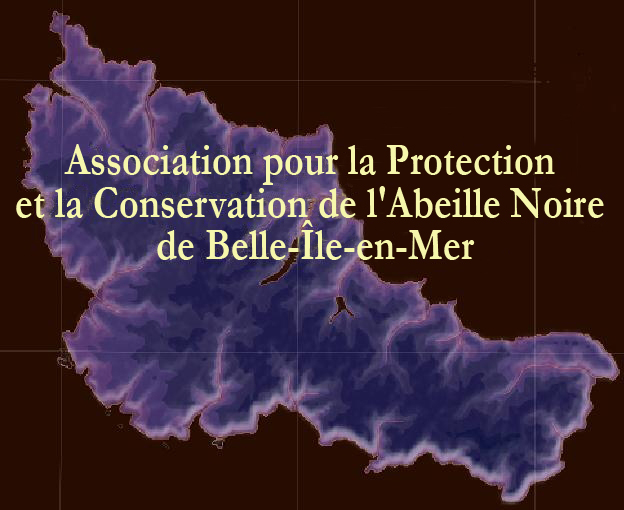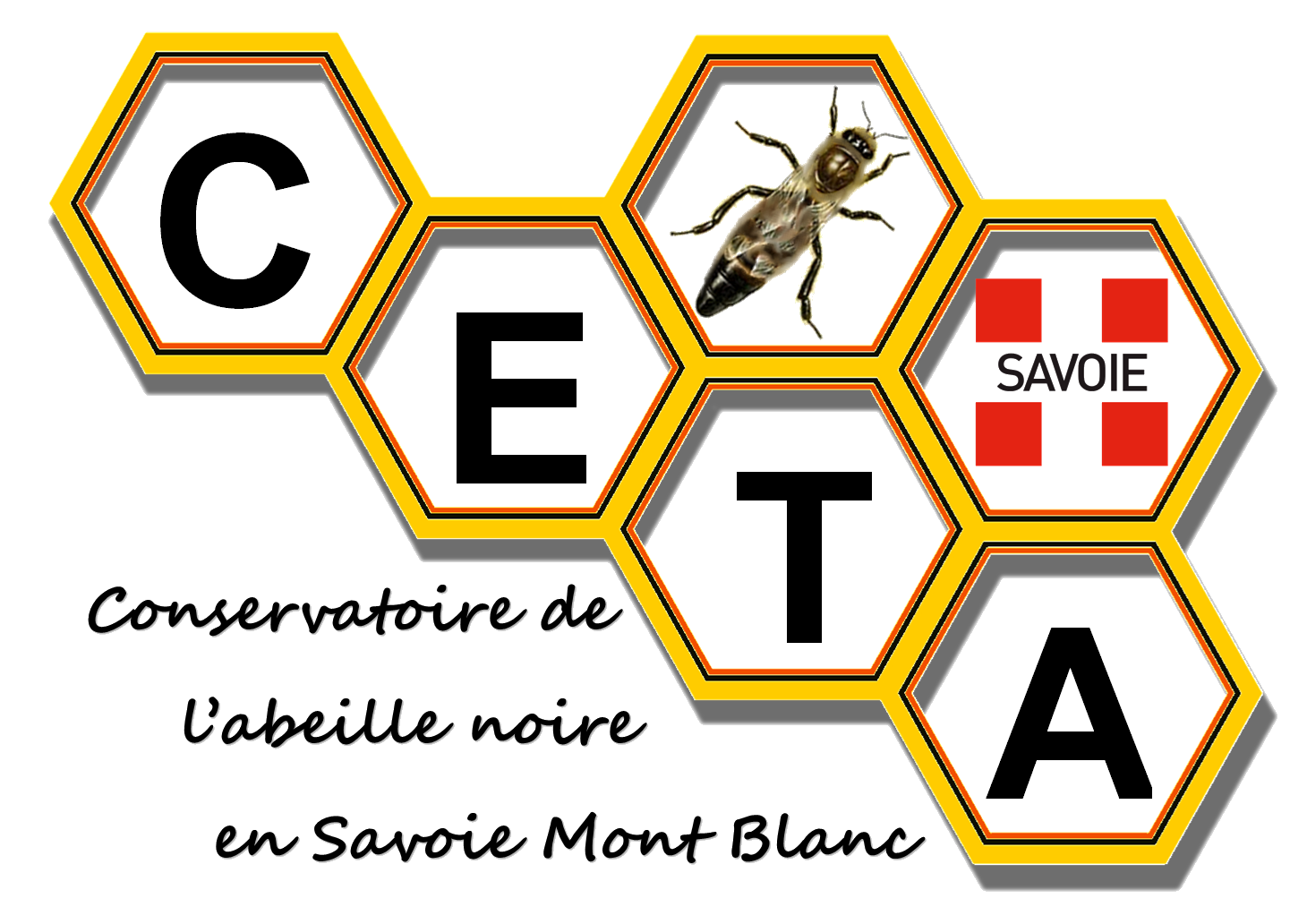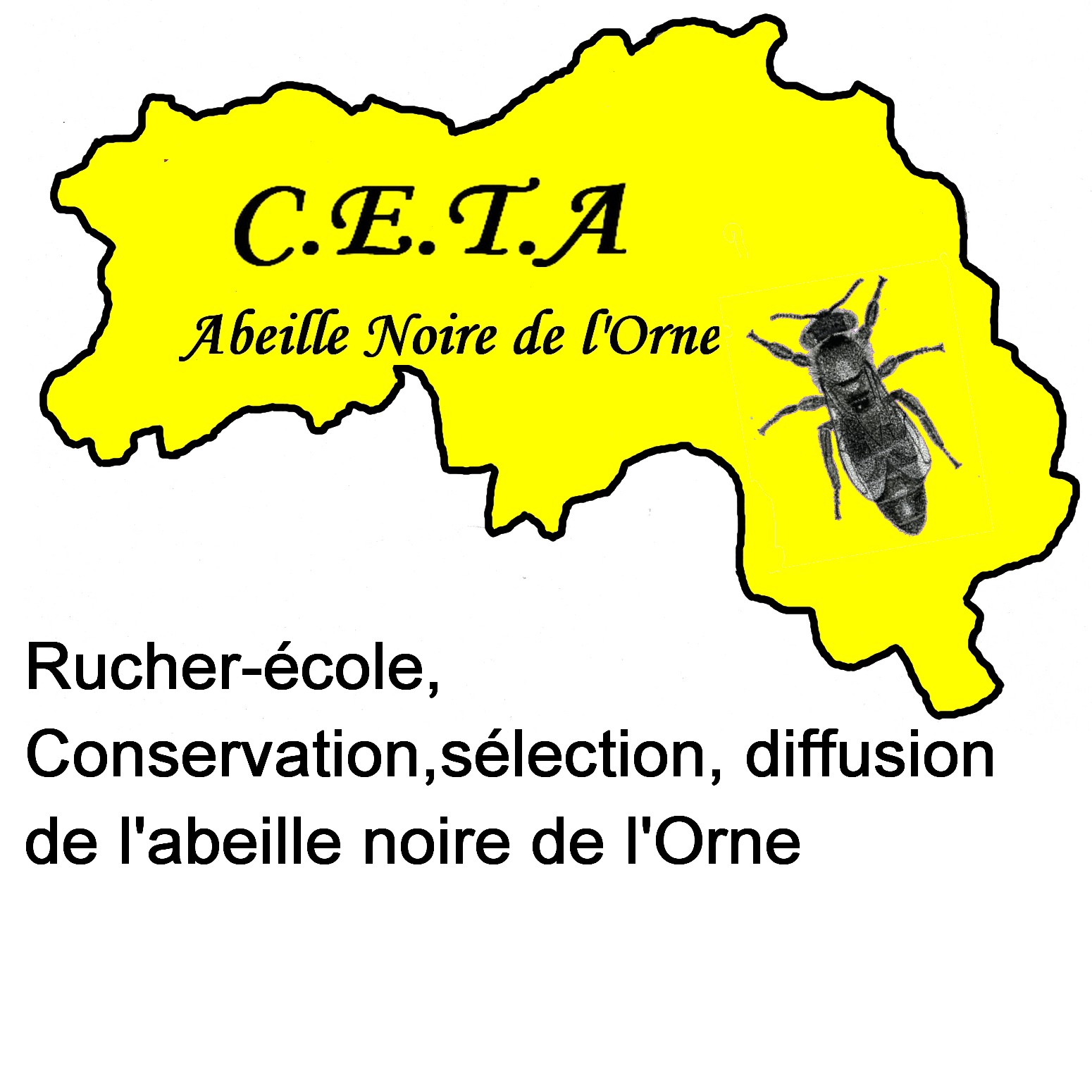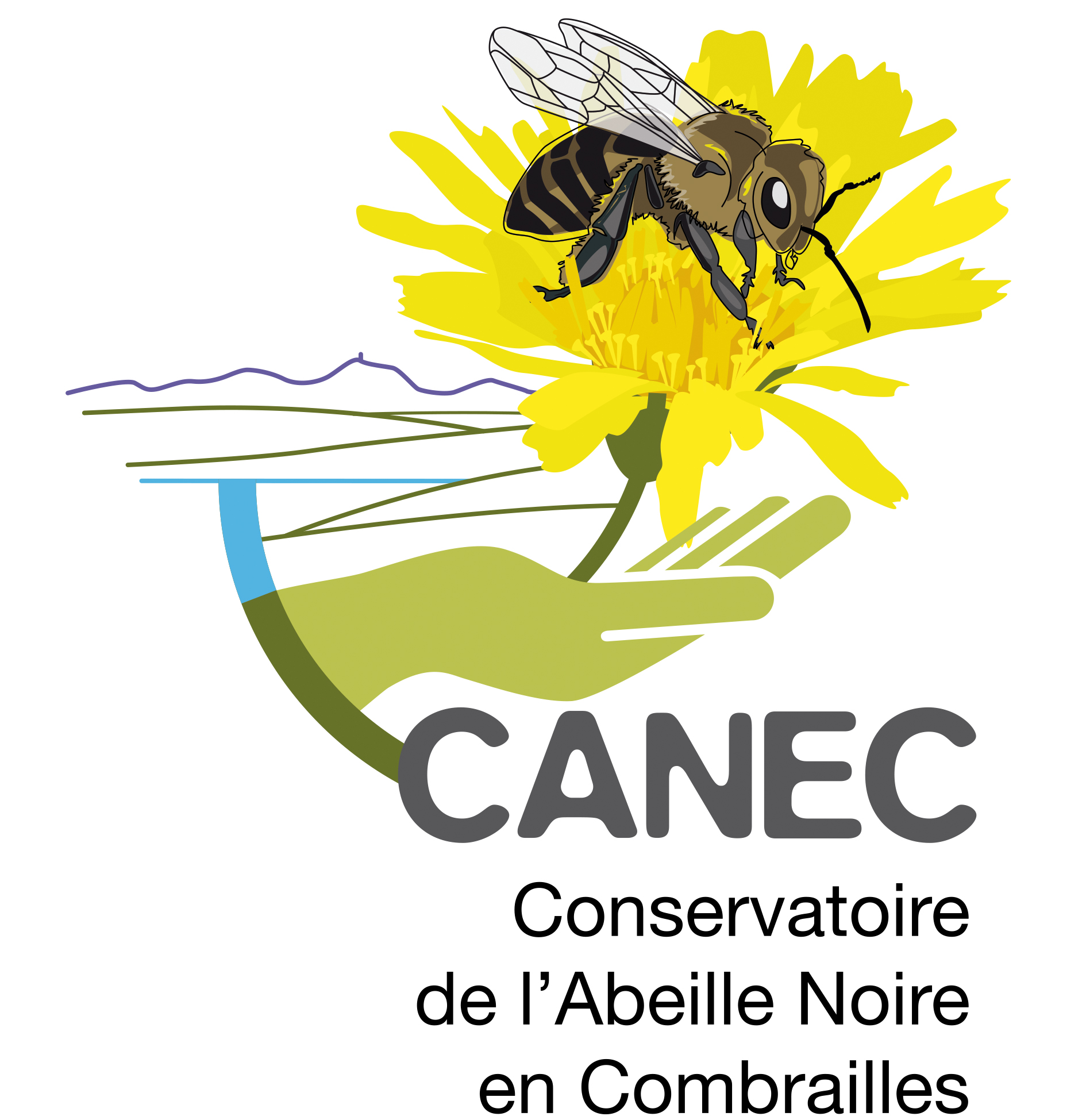> WHAT IS A LOCAL BEE?
The honey bee appeared somewhere between the Middle East and North-East Africa a million years ago. Since then, it has spread throughout Europe and Asia. Accompanying human peregrinations, it is now present on all continents (except Antarctica).
Wherever it has established itself, the honey bee has adapted. Like all living species, it has evolved with its environment: climate, available flora, predators, diseases. Only the best adapted to these local constraints and advantages have survived and continued.
From now on, the Apis mellifera species includes five lineages and nearly thirty subspecies, all of which have common characteristics, but also differences, in terms of physiognomy or behaviour.
For example, the Carniolan bee, Apis mellifera carnica, found in Slovenia and neighbouring countries, is well adapted to cold and high altitudes. It has large wings and a long tongue that allows it to forage a wide range of flowers.
The Italian bee, Apis mellifera ligustica, has a predominantly yellow coat. It defends itself well against varroa mites, a parasite of bees and their brood, but it is fragile in the cold. It produces a lot of honey, but also consumes a lot of it, especially during the winter.
> WHY ARE LOCAL BEES IN DANGER?
All bees are at risk, but local ecotypes are even more so.
All bees are threatened by pesticides in the first place. Some of these toxic products kill them directly, while others make them sick, disrupt their behaviour (for example, preventing them from returning to the hive after foraging) and thus weaken the survival of the colonies as a whole. Others destroy wild plants, which are sources of food diversity, essential to bees. And they all poison their environment: the water they drink, the crops they pollinate, the land in which some wild bees nest… Monocultures and the disappearance of hedges in our countrysides also deprive bees of a variety of resources and refuges they need. Invasive species, such as the Asian hornet or the varroa parasite, also decimate hives.
Local subspecies and ecotypes are particularly at risk because, to cope with all the above disasters, beekeepers have had to import queens and bees of other subspecies from abroad to repopulate their hives. In the short term, these imports save a production season or a honeydew. But in the long term, they threaten the colonies even more. Because these imported bees are less adapted to the climate and flora of this new territory in which they are being settled. They are therefore less likely to survive than local strains. And they will hybridize with local bees, mix their genes and dilute or even eliminate, over the generations, the qualities found in local bees.
Moreover, in an attempt to find areas that are still free of pesticides and environments that are more suitable for their bees, beekeepers are moving their hives out of high cropping areas and into natural areas. In doing so, their foreign or hybrid bees will further hybridize with wild bees and make their specificities disappear a little more.
> HOW TO PROTECT LOCAL BEES?
Associations of bee lovers and traditional beekeepers have created local bee conservatories throughout Europe, including dark bee conservatories – sometimes for more than thirty years.
> HOW DO LOCAL BEE CONSERVATORIES WORK?
To protect local subspecies from possible hybridization by other strains, the conservatories provide zones in which only local bees are kept, as pure as possible, and where beekeepers must keep the bees in accordance with precise specifications: no clipping (shortening the queens’ wings to prevent them from flying), no artificial insemination, no late harvest of honey to save enough reserves for the bees for winter, no transhumance… Around, buffer zones are provided; this is the average distance that a drones (male bee) travel to reproduce. It is necessary to avoid the introduction of exogenous beehives, even temporarily, into these areas.
> WHY DO CONSERVATORIES NEED LEGAL PROTECTION?
The work of these conservatories is difficult, because it depends only on the goodwill of local actors. However, a single hive populated by non-native bees placed within the perimeter of a conservatory is enough for decades of conservation work to be destroyed. Legislative or regulatory measures to define these conservatories, impose operating rules and introduce penalties for those who transgress them are therefore necessary.
